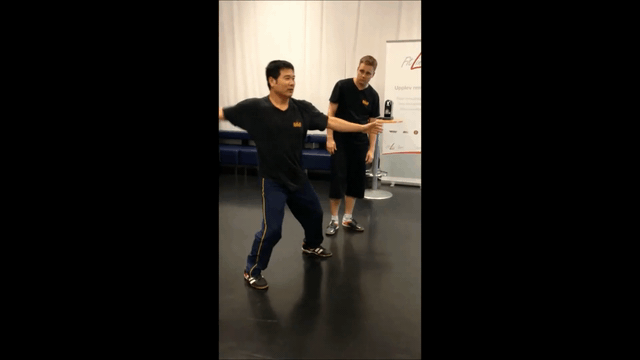If they didn't understand, then I believe they weren't actively trying to use what they they train in sparring against other fighting systems. As someone who has done this, I just can't see how how they could train application in that manner and still not understand. There are some universal truths that people learn through sparring. It doesn't matter which system they train. If they spar, or compete against other systems then there's no way that they can't understand. That's like knowing how to swim but not knowing how to hold your breath. Can you really swim without experiencing holding your breath?
I am defending the low stance as I have been able to use it in sparring against people who train in other systems. I'm not defending it from the perspective of "This is what my teacher has told me." I'm defending it based on the success I've had with it AND on the failures that I've had with it. Knowing the limitations of a stance is just as important as knowing how to use it.
You should look up Isometic Squat and Static Squat. Also look at how isometric exercises help. Here's another view.
This is will sound familiar to many martial artist who do forms that require quick up and down movements.
Here's another video you should watch. Keep in mind that a static horse stance Is an Isometric Exercise.. I hope these videos will clear some things up for you. Pretty much what I've been saying forever. We'll not forever, but through my experience of doing the horse stance.
See something familiar? This is from a video I shared a few years back. I do static and dynamic training using weights. This is me 30lbs over weight so in reality I really don't need the weights. Except for that fact that my legs are really strong, but most importantly the tendons and ligaments in my legs are thicker than most people so I'm able to withstand the dynamic movement. When I teach martial arts Step 1 = Static Horsestance . Students have to build up the tendons and ligaments first and it's going to not only take a while, but it's going to be an on going process. After 6 months of dedication then a light weight 2 - 5 pounds can be used to with dynamic movement training. This is how I train my Kung Fu. The weight in the picture is 20lbs. If a person rushes the training then they risk tearing up their ligaments, tendons, and basically blowing out their knee.
View attachment 28624
So when I defend the low stance it's because it's something that I use.
View attachment 28625
View attachment 28626
By the way, Chinese Kung Fu Forms are very demanding physically. There's nothing easy about those things.
Examples used showing the low stance used in boxing. If I'm going to "beat a dead horse" then it's going to be this one lol


